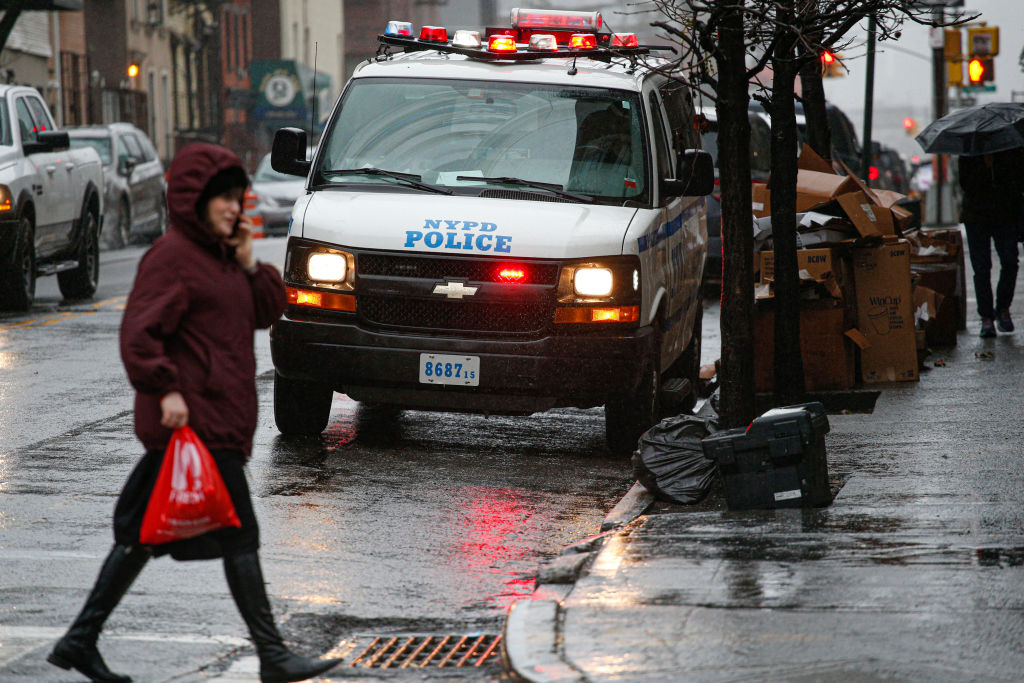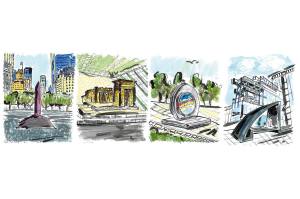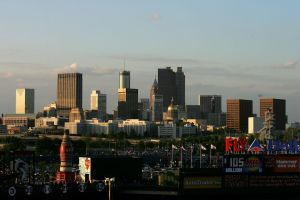When Will Smith strode to the stage and slapped Chris Rock, I was surprised by how many of my friends thought the violence had been staged to rescue the Academy Awards from its years-long ratings decline. I instantly recognized it as authentic rage, not because I know anything about Hollywood or Will Smith, but because I witness similar ugliness so frequently on the New York City subway. For me, Smith’s outburst was shockingly familiar — emblematic of a simmering, pre-volcanic atmosphere in the country that no one seems to be examining or attempting to explain.
As New York emerges from its third wave of Covid, an exceptionally creepy atmosphere has developed on the streets and in the subways, where at times conditions appear to have fallen somewhere between post-modern anarchy and medieval misery. In such a setting, statistics seem almost pointless, although it’s impossible not to be aware of the rising murder and assault rates. According to the NYPD, crime in the city in February was 59 percent higher than February last year. Car theft doubled. Rape was up by 35 percent. A Quinnipiac University poll found that New Yorkers are more worried about crime now than any time since 1999.
Two murders have especially shocked the city. First was the killing of Michelle Go, forty, who on January 15 was shoved by a mentally ill homeless man, an ex-convict, on to the tracks in front of an arriving subway train in the Times Square station. A month later, Christina Lee, thirty-five, was followed into her building in Chinatown by another homeless man, where he stabbed her to death inside her apartment.
That both victims were Asian American might have been a coincidence, but the fact that both assailants lived on the street and had criminal records was almost certainly not. There had been a homeless crisis before Covid, but pandemic-related evictions combined with a fierce bidding war over available rental apartments has undoubtedly driven even more desperate people — of all races — on to the streets, while an unusually cold winter has pushed them into the relative warmth of subway platforms and trains.
My office stop is Broadway-Lafayette in Manhattan, a big, crowded station and transfer point for both local and express trains to Brooklyn and the Bronx. On January 24, I boarded a nearly empty car of the uptown D express. I was so absorbed reading in my forward-facing seat that I didn’t notice a panhandler coming up behind me.
Unlike most New York beggars, this short, compact man had no script. He was uttering unintelligible sounds, and he thrust a crumpled dollar bill at me. Annoyed, I waved him away with my papers. He backed off and turned around to solicit the few other passengers seated further forward in the car; they rejected him with negative head nods, which is standard subway protocol. Then he turned again, came back to me, stopped, and with great deliberation spat in my face. My first impulse was to punch him, but I thought better of it, so stood up and backed away. He did too, and we both got off the carriage at opposite ends. I went upstairs and found a police officer, who was already being told by another passenger that they had seen a man with a knife on the train platform.
A one-in-a-million encounter, I thought, so two days later I was back on the uptown D train, standing, during the evening rush hour. But I wondered: was there a chance my assailant had been racially motivated, since he was black and I and the other passengers were white? This time, the D express was packed with people, overwhelmingly black and Latino, heading home from work to Harlem and the Bronx (the B local is how some of my more fearful Upper West Side neighbors avoid riding with them). You can sense trouble on the subway when someone raises his voice in a quiet car full of tired people. “Is there a problem?!” said a man, provocatively, about halfway down the car from me. He sounded crazy, especially after he posed the question for the tenth time.
There was, indeed, a problem, and another passenger decided to take the law into his own hands. Then this passenger invoked summary judgment: he pushed “problem” man out of the car on to the platform, pulled his coat over his head and pummeled him to the concrete floor with systematically heavy punches to the stomach. As with Smith and Rock, two wealthy African Americans, I don’t think any of this had to do with race or class, but rather that ordinarily stolid New Yorkers sometimes feel pushed to the brink of madness.
Under these circumstances, the call to “defund the police” has never sounded more idiotic. Crime in New York had reached historic lows before rising again in 2020 — both here and in cities throughout America. In 2020, murders rose at the fastest rate on record. Our new mayor, Eric Adams, parades as a tough-talking ex-police captain and promises all kinds of crackdowns: to tackle gun violence and more. A new Subway Safety Plan hasn’t stopped crime on public transport surging. Certainly, the police I encounter spend too much time staring at their cellphones and hanging out on the upper level of stations instead of patrolling at track level or on the trains.
I recently boarded an uptown D train with two cops, one male and one female. Sitting nearby me was a middle-aged man playing music at high volume on an electronic device. Loudly, and with pointed sarcasm, he addressed himself to the officers: “Am I making too much noise?” The woman cop politely said no, it wasn’t a problem. As we neared Herald Square, “music man” had upped his tone by asking to see the police officers’ guns and then, when that drew no response, proposing a complex sexual encounter. “I can organize a threesome, even a foursome,” he said with cheerful menace. The woman cop looked at me and rolled her eyes. And then she got off the train with her partner without even a backward glance at the man. Thankfully, he got off, too. I was left feeling that Rome is smoldering, about to burst into flames, while the politicians fiddle.
This article was originally published in The Spectator’s UK magazine. Subscribe to the World edition here.


















